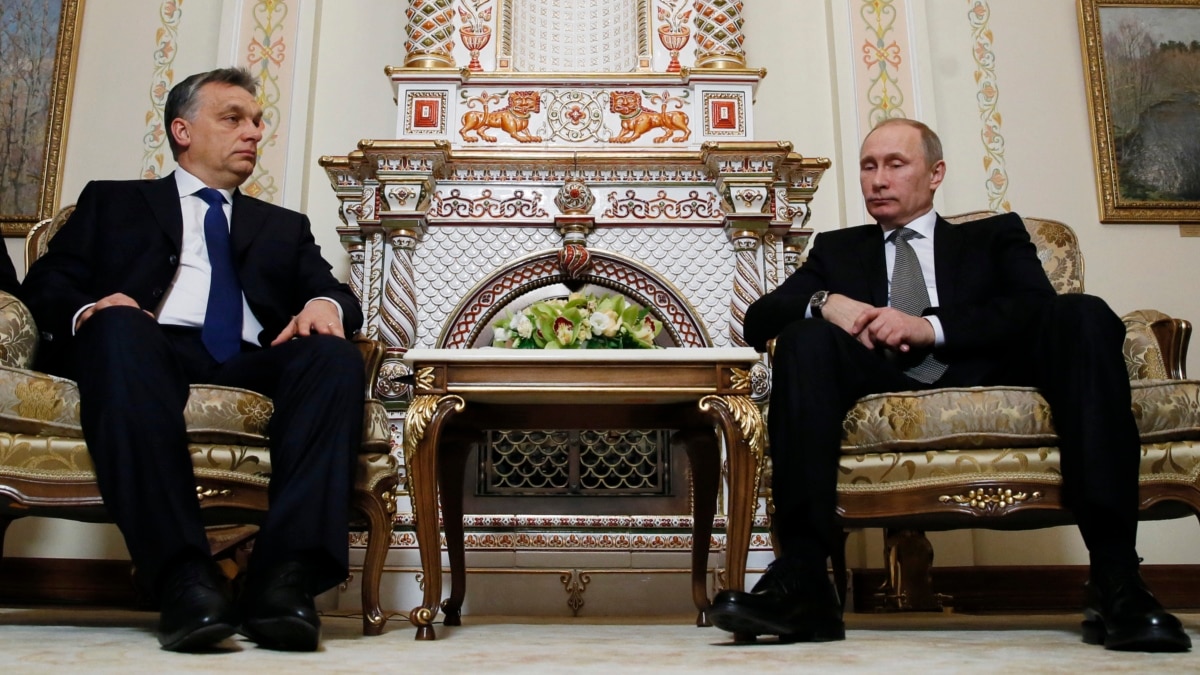Ukraine’s military has acknowledged its withdrawal from part of the key highland town of Chasiv Yar in the eastern Donetsk region, while its Energy Ministry said Russian missiles killed one person and damaged a gas facility in the central Poltava region.
A spokesman for the Khortytsya operational group of the Ukrainian armed forces confirmed earlier claims by Moscow and specified that Russian troops now control the “Kanal” district of Chasiv Yar. The “protected retreat” had been approved by military command, the spokesman said.
Chasiv Yar has been a theater of intense fighting since April, and serves as a logistics hub for Ukrainian forces.
Ukraine’s Energy Ministry meanwhile said the Russian missile attack that struck gas producer Ukrhazvydobyvannya’s infrastructure in Poltava on July 4 had damaged the facility and killed one person while injuring three others, according to Reuters.
The Ukrainian military also reported that a Russian missile strike in the southern Odesa region on July 4 killed at least one person and injured seven others. Regional Governor Oleh Kipers said port infrastructure was damaged in the attack.
In the Kharkiv region in northeastern Ukraine, regional Governor Oleh Synyehubov said a woman was killed in an attack by a Russian guided bomb on the village of Ruska Lozova.
The attacks came as Russian President Vladimir Putin told a summit of the anti-Western Shanghai Cooperation Organization (SCO) in Kazakhstan that the West was to blame for Russia’s unprovoked invasion of Ukraine.
Putin encouraged “a new architecture of cooperation, indivisible security and development in Eurasia, designed to replace the outdated Eurocentric and Euro-Atlantic models, which gave unilateral advantages only to certain states.”
The SCO’s 24th annual summit has been dominated by Putin’s and Chinese President Xi Jinping’s anti-Western appeals and the organization’s admission of Moscow ally Belarus as its 10th member.
Earlier on July 4, military officials in the Ukrainian capital said they intercepted fresh “waves” of Russian drones targeting Kyiv around dawn on July 4 that did not appear to inflict injuries or major damage, as locals in a major city hundreds of kilometers to the east mourned the dead and wounded from a third attack there in less than a week.
Live Briefing: Russia’s Invasion Of Ukraine
RFE/RL’s Live Briefing gives you all of the latest developments on Russia’s full-scale invasion, Kyiv’s counteroffensive, Western military aid, global reaction, and the plight of civilians. For all of RFE/RL’s coverage of the war in Ukraine, click here.
The head of Kyiv’s military administration, Serhiy Popko, said via Telegram that the drones came “from different directions” but that “not a single drone reached Kyiv itself.”
Explosions could be heard from the city following a 4 a.m. air alert but, Popko said, life in the city was not otherwise disrupted.
Ukraine’s military said it had downed 21 of 22 Russian attack drones in all over central and northern regions overnight on July 3-4.
Meanwhile, the head of the military administration in the central city of Dnipro said the death toll had risen to six — with more than 30 others injured — from a Russian bombardment of that city early on July 3.
Dnipro Mayor Boris Filatov declared July 4 a day of mourning after the third attack in just five days on Dnipro, a city with a prewar population of around 1 million people.
That bombardment also renewed President Volodymyr Zelenskiy’s pleas for more advanced air-defense systems and long-range weapons from allies to beat back the two-year-old full-scale invasion by Russia.
Also on July 3, Zelenskiy rejected a description of the battlefield situation as a “deadlock” and said Ukraine’s fighting manpower has improved in recent months but it needs “the tools [and] they haven’t arrived yet.”
Zelenskiy expressed gratitude to U.S. officials after the White House announced a new $2.3 billion military aid package for Ukraine on July 3, and added, “We count on further U.S. assistance.”
The U.S.-based Institute for the Study of War (ISW) predicted this week that while Ukraine was forming new brigades to “address its manpower challenges,” “delayed and insufficient Western weapons deliveries will likely prevent Ukraine from equipping all these new brigades.”
It called “timely” Western assistance a “crucial determinant” of Ukraine’s capacity to respond to Russia’s current “battlefield initiative.”
The Kremlin said that Russian President Vladimir Putin and Chinese President Xi Jinping talked about Ukraine during talks on the sidelines of a Shanghai Cooperation Organization (SCO) summit in Kazakhstan on July 3 and, in the words of Kremlin spokesman Dmitry Peskov as quoted by Reuters, “noted” the “futility of any formats” for peace talks without Russian participation.
Russia, which insists it has already annexed Crimea and four other areas of Ukraine, was excluded from a major summit in Switzerland last month to seek paths toward peace in Ukraine.
A NATO summit next week in Washington marking the transatlantic alliance’s 75th anniversary is expected to grapple with ways to further support Ukraine’s defense and map a path to closer cooperation, but Kyiv is not expected to be invited to join NATO as Zelenskiy has urged.
Russian news agency TASS on July 4 quoted Russia’s Defense Ministry as saying it had destroyed a grounded Ukrainian MiG-29 in the Dnipropetrovsk region, but there was no initial confirmation from Ukrainian authorities.
Reports from the Ukrainian military suggest Russian forces are focusing an offensive on the area of Pokrovsk in the eastern Donetsk region.
The governor of Ukraine’s southern Zaporizhzhya region, Ivan Fedorov, said on July 4 that Russian shelling killed two and injured another person there amid a barrage that struck 10 settlements over the past day.
RFE/RL cannot independently confirm reports by either side of battlefield developments in areas of the worst fighting.

